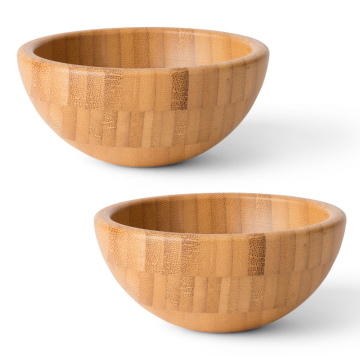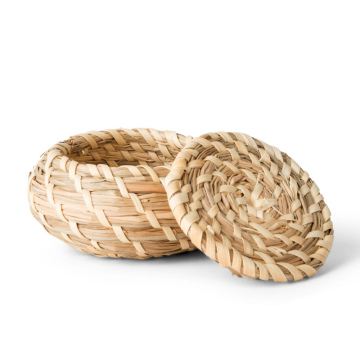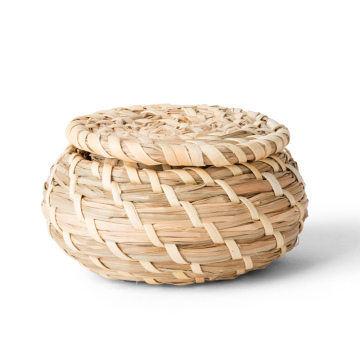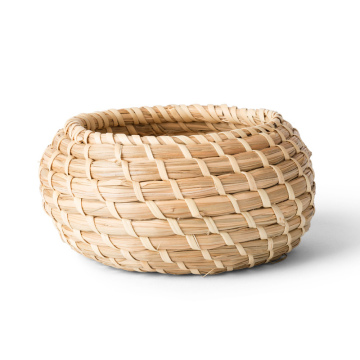Fried to Perfection: Enjoying Japan’s Iconic Tempura
The Origin and History of Tempura
Tempura, a beloved dish in Japanese cuisine, has a rich history that can be traced back to the 16th century. The introduction of deep-frying techniques to Japan is largely credited to Portuguese missionaries who settled in the region. These early culinary influences, particularly during the time of trade and exchange, set the stage for what would become a distinctly Japanese dish. The term 'tempura' is believed to originate from the Latin word "tempora," which refers to the time of Lent when seafood was consumed instead of meat, highlighting the religious connections tied to this cooking method.
Initially, tempura was prepared using a variety of ingredients, including fish and vegetables, which were coated in batter and then deep-fried to achieve a light, crispy texture. This technique resonated with Japanese dietary customs, eventually evolving into its unique form that we recognize today. As tempura gained popularity, it began to be served in a variety of settings, ranging from street vendors to esteemed restaurants. This evolution emphasized its adaptability while maintaining the core principles of showcasing the fresh, natural flavors of the ingredients.
The significance of tempura in Japanese culture is evident, as it reflects the country's deep appreciation for seasonal produce and culinary aesthetics. Various regional interpretations of tempura have emerged, with differences in batter recipes and choice of ingredients. For instance, in the Edo period, tempura was refined further in Tokyo (previously known as Edo), leading to the ritualized approach that characterized its preparation. Today, tempura serves not only as a culinary delight but also as a cultural emblem, embodying the artistry and precision inherent in Japanese cooking, making it a staple in both casual and fine dining culinary experiences.
The Art of Making Perfect Tempura
Tempura is a cherished culinary hallmark of Japanese cuisine, celebrated for its delicate texture and flavorful essence. The art of making perfect tempura hinges on a few essential techniques and select ingredients, ensuring a crisp yet light result. The foundation of any great tempura is in its batter, made from a combination of cold water, flour, and sometimes egg. It is critical to use a low-gluten flour, as higher gluten content can lead to a denser batter. Mixing the ingredients briefly is key; over-mixing can activate gluten, yielding an undesirably chewy texture. The batter should be maintained at a cold temperature, ideally using ice water, to promote optimal crispness when fried.
When selecting vegetables and seafood for tempura, freshness is paramount. Common choices include vegetables such as sweet potatoes, eggplants, and green beans, which provide a delightful contrast of flavors and textures. Seafood selections often range from shrimp and squid to white fish. It is advisable to cut the vegetables into uniform sizes to ensure even cooking, while seafood should be cleaned properly and patted dry to aid in achieving the desired fry.
Heat control during the cooking process plays a pivotal role in crafting perfect tempura. Ideally, the cooking oil should be heated to around 170-180°C (340-360°F). If the temperature is too low, the result may be greasy and soggy, while excessively high temperatures can lead to burnt batter. Frying in small batches is recommended, as overcrowding reduces oil temperature, compromising the crunchiness. Observing the color of the batter is vital; a light, golden hue indicates readiness. Common mistakes include leaving items in the oil for too long or failing to monitor the temperature closely. By adhering to these techniques and avoiding common pitfalls, anyone can create tempura with a satisfying crunch and exquisite lightness, elevating their culinary repertoire.
Tempura Varieties and Regional Specialties
Tempura is not only a beloved dish throughout Japan but also showcases a remarkable variety of ingredients and preparation techniques that reflect the country's diverse culinary landscape. Among the different types of tempura, vegetable tempura, commonly referred to as yasai tenpura, deserves special mention. This variety features seasonal vegetables such as sweet potatoes, asparagus, and bell peppers, all lightly battered and fried to achieve a delicate, crispy texture. The emphasis on fresh and local ingredients allows for a spectrum of flavors that can change with each season, enhancing the appreciation of regional produce.
Another popular form of tempura is seafood tempura, known as ebi tenpura, which typically includes prawns and various fish. The seafood is prepared with utmost care to preserve its natural flavors. The light batter allows the fresh seafood to shine, while the crispy exterior adds an enticing contrast. Areas with access to fertile fishing grounds, such as Kanagawa and Hokkaido, are known for their exceptional seafood tempura, reflecting their local maritime culture.
In addition to these popular variations, each region has developed unique tempura specialties that highlight local ingredients. For instance, in the Nagoya region, the famous 'Tensuke' features deep-fried kabocha squash, while the southern region of Kyushu offers delicious tempura made from the prized sweet potato variety known as 'Murasaki Imo.' Such regional specialties not only enhance the tempura experience but also indulge a wide array of taste preferences, allowing diners culinary experience the rich flavors of Japan.
This exploration of tempura varieties underscores the dish's versatility, inviting food lovers to journey through Japan's local flavors and savor the unique characteristics that each region brings to the table. Whether indulging in vegetable tempura during the spring or enjoying seafood tempura in coastal areas, there is a delightful option for every palate.
Where to Experience Authentic Tempura
To truly appreciate the essence of tempura, one must seek out establishments that specialize in this culinary art form. Japan boasts a plethora of tempura venues, ranging from high-end dining experiences to more casual eateries that uphold the traditions of this beloved dish. Renowned tempura restaurants such as Tenichi in Tokyo and Tempura Kondo in Ginza are frequently celebrated for their meticulous attention to detail and mastery of cooking techniques. At Tenichi, diners can expect to enjoy seasonal ingredients, expertly deep-fried to perfection, showcasing a menu that often changes based on market availability.
For a more laid-back atmosphere while still indulging in exceptional tempura, consider establishments like Tempura Atsuhiro in Osaka. This eatery is well-known for serving delicious tempura in a comfortable, familial setting, making it an excellent choice for those seeking both quality and a relaxed dining experience. Visitors at these restaurants typically engage in a casual yet refined dining etiquette, appreciating the cooking process and savoring each bite as the chef presents a series of carefully curated tempura dishes.
When dining on tempura, it is customary to pair the meal with both side dishes and beverages that enhance the overall experience. A bowl of steaming rice and a light dipping sauce made from soy sauce, daikon, and dashi can complement the flavors of the fried delicacies seamlessly. Sipping on sake or green tea during the meal assists in cleansing the palate, allowing one to fully appreciate the nuanced flavors of each tempura item served. Exploring Japan’s tempura landscape promises not only a delight for the senses but an immersion into its rich culinary heritage, ensuring any food lover’s visit will be memorable.











